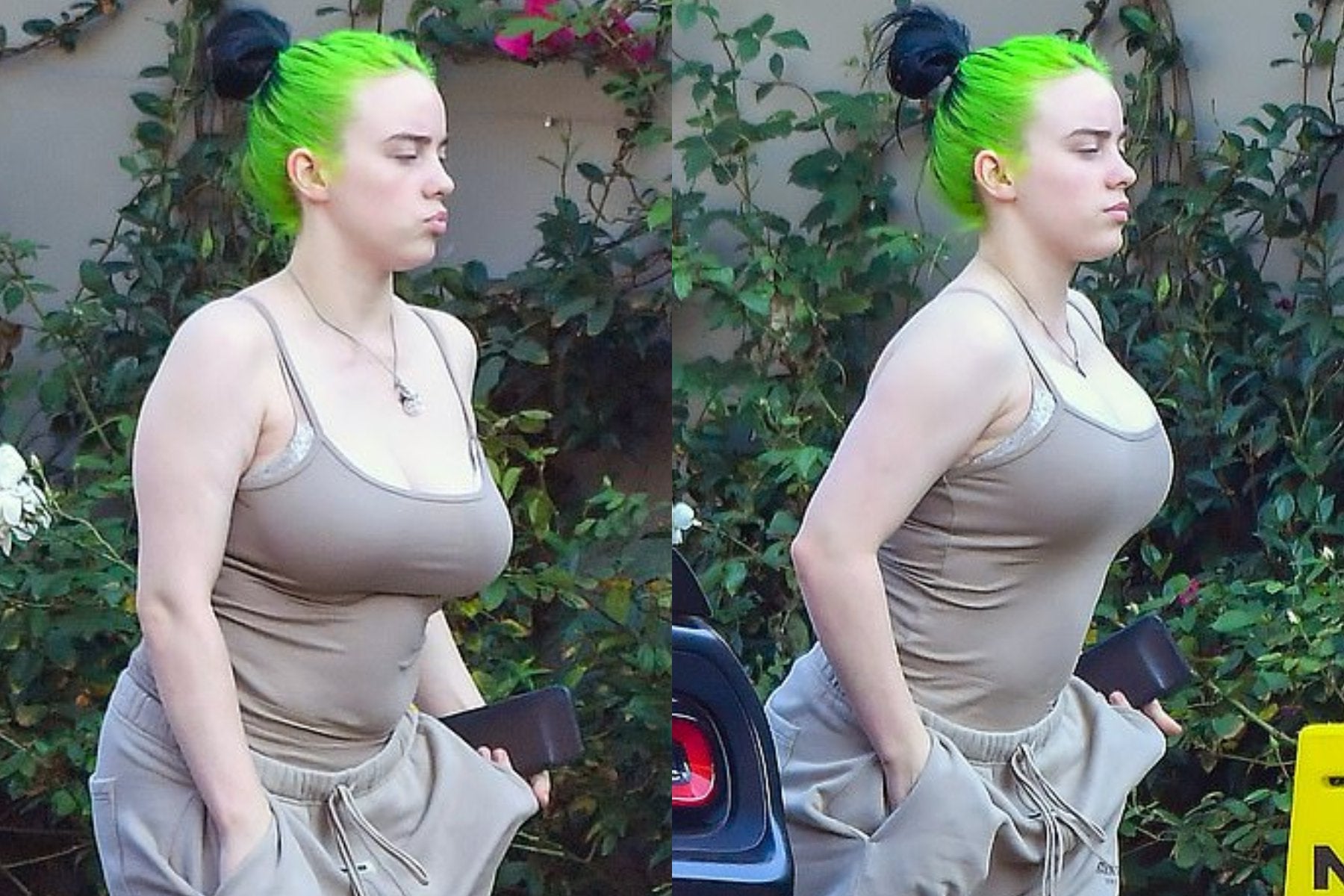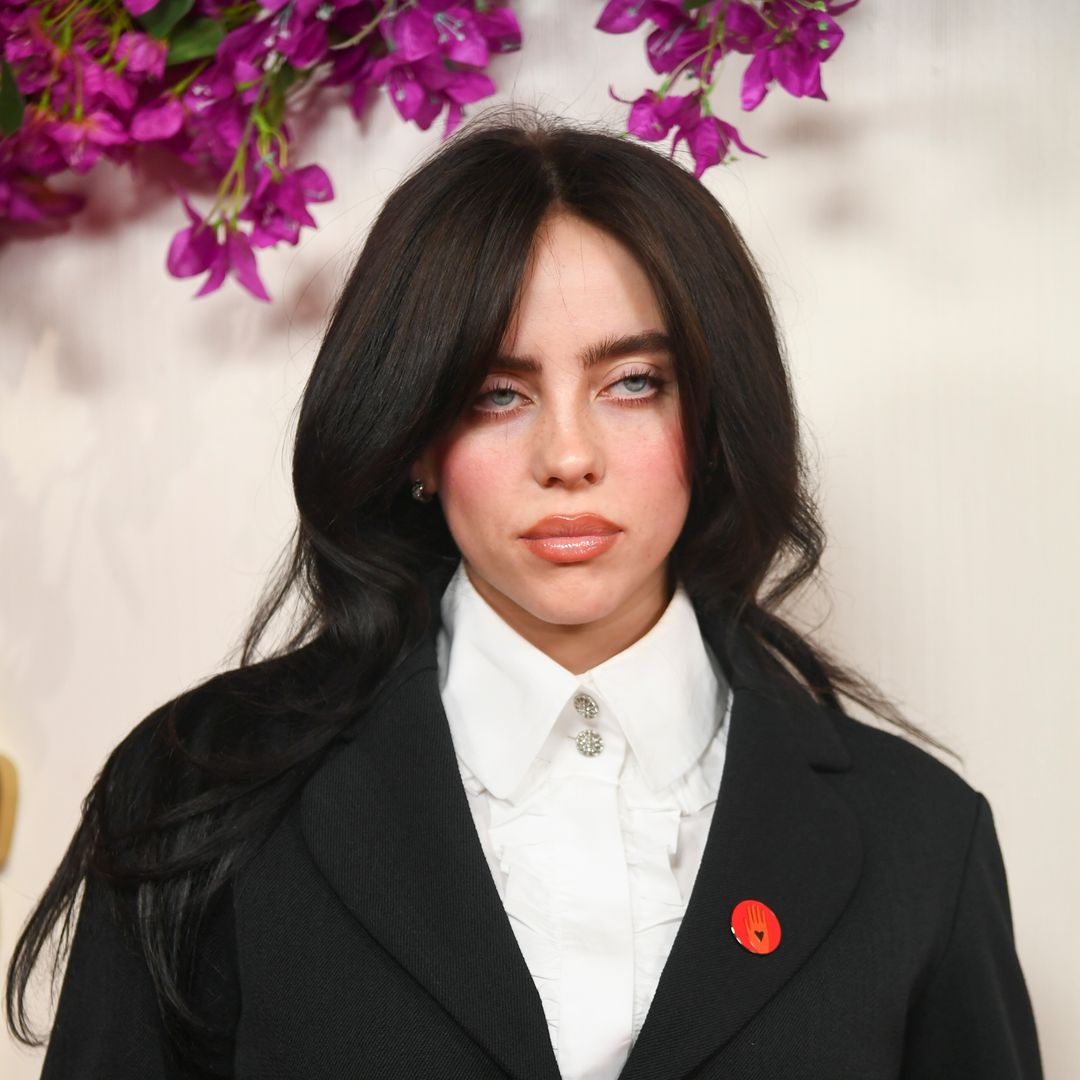Can a young artist's meteoric rise to global stardom truly be understood without confronting the complex tapestry of influences and perceptions that shape her image? Billie Eilish's journey, from a whisper in the digital ether to a dominant voice in contemporary music, is a story that demands a critical look at the intersections of fame, art, and the sometimes-uncomfortable realities of internet culture.
The digital age has irrevocably altered the relationship between artists and their audience. Social media platforms, once seen as tools for connection, have become battlegrounds of opinion, fueled by algorithmic echo chambers and the relentless churn of online discourse. Billie Eilish, born December 18, 2001, in Los Angeles, California, U.S., entered this landscape at a uniquely vulnerable moment. Her raw talent, coupled with a carefully cultivated aesthetic, captivated millions. Her 2015 debut, "Ocean Eyes," was a quiet tsunami, washing over the indie music scene and signaling the arrival of a new kind of pop star. Then, in 2020, the youngest artist ever to win a Grammy for Album of the Year, for "When We All Fall Asleep, Where Do We Go?" she solidified her place in the music pantheon. Now, in 2021, she was nominated for four additional awards at the 63rd annual Grammy Awards, taking home Record of the Year for "everything i wanted" and Best Song Written for Visual Media for "No Time to Die." Her latest album, "Happier Than Ever," written and produced by Billie and her brother Finneas, showcases a mature and introspective artist navigating the complexities of adulthood under a relentless spotlight.
| Category | Details |
|---|---|
| Full Name | Billie Eilish Pirate Baird O'Connell |
| Date of Birth | December 18, 2001 |
| Birthplace | Los Angeles, California, U.S. |
| Nationality | American |
| Genres | Pop, Alternative, Electronic |
| Instruments | Vocals, Piano, Ukulele |
| Years Active | 2015Present |
| Notable Awards | Grammy Awards (Multiple Wins, including Album of the Year), MTV Video Music Awards, Billboard Music Awards |
| Associated Acts | Finneas O'Connell (Brother and Producer) |
| Official Website | billieeilish.com |
The internet, however, is a complex ecosystem. While it provides avenues for connection and creative expression, it also fosters a culture of hyper-scrutiny and the potential for exploitation. The desire for visibility, the relentless pursuit of "clicks," and the anonymity afforded by online spaces can lead to a blurring of boundaries, where the personal and the public become dangerously intertwined.
This dynamic has, unfortunately, manifested in disturbing ways when it comes to Billie Eilish. Searches related to her name frequently lead to content of a sexually explicit nature, a reality that stands in stark contrast to the artist's carefully curated image and the often-vulnerable themes explored in her music. The appearance of websites and online communities dedicated to creating and distributing sexually suggestive content featuring her likeness speaks volumes about the darker side of online culture.
One such example is the online community dedicated to "rule 34" content, where the r/r34fortnite subreddit, with a significant subscriber base, serves as a repository for content featuring characters from the popular game, including material that is sexually explicit. The existence of such communities highlights the ease with which digital images and identities can be exploited and commodified. The presence of "AI-generated" content further blurs the lines, raising questions about consent, authenticity, and the potential for non-consensual imagery to be created and circulated.
The proliferation of such content raises a multitude of concerns. The issue of digital consent and the rights of individuals to control their own image are brought into question. The ease with which such content can be accessed and disseminated raises concerns about the impact on young people, particularly those who might be navigating their own sexual identities or dealing with issues of body image. Furthermore, the blurring of lines between reality and fantasy, particularly in the context of AI-generated content, makes it harder to discern what is real and what is not, creating a potential for exploitation and manipulation.
The creative process also intersects with these concerns. One can consider the story of an artist who was approached to perform a nude magazine cover photoshoot. Such instances are complicated, as they involve professional ethics and considerations around artistic expression. While the artist may have been honored by the opportunity, the context is crucial. The act of creating such content and publishing it across various online platforms inevitably attracts attention. Whether the artist is comfortable with the level of exposure or with the content generated around this event requires scrutiny.
The phenomenon of fan fiction, fan art, and the broader realm of "fan-made" content further complicate the picture. While fan engagement can be a positive force, fostering creativity and community, it can also lead to uncomfortable and even harmful outcomes. The line between respectful homage and the creation of unwanted or exploitative content is often difficult to define. The existence of such material, regardless of its intentions, demonstrates the complex interplay between audience perception and the boundaries of artistic expression.
The ongoing challenges in online spaces must be actively addressed. Protecting the privacy and safety of public figures, especially young artists, requires a multi-faceted approach. This includes stricter regulations on platforms, improved content moderation, and increased user awareness regarding the potential for exploitation. Educating young people about online safety, digital citizenship, and the ethical implications of online behavior is equally critical. It is essential that we create a digital environment that respects boundaries, promotes consent, and prioritizes the well-being of all individuals.
The focus on the individual artist should not overshadow the broader issues at play. It requires that we analyze the factors driving the creation and distribution of these materials. It means addressing the underlying issues such as the objectification of women and the commercialization of sexuality. Addressing the normalization of sexually explicit content aimed at minors is a necessary step.
One aspect of this issue is the speed at which these elements are developed and circulated. The speed with which AI generated content has emerged brings a further layer of complexity and raises a series of ethical questions. As the technology progresses, the ability to create realistic and convincing imagery will likely continue to expand, potentially leading to an even greater challenge in safeguarding individual privacy and preventing the spread of non-consensual content.
The legal and social ramifications of these developments must be considered. Governments, tech companies, and advocacy groups must come together to create effective policies. These must address issues like copyright violations, the creation of non-consensual imagery, and the spread of harmful content. Holding individuals and platforms accountable for the creation and dissemination of exploitative material is crucial. It also requires developing clear guidelines for ethical AI development to avoid the creation of further harmful content.
The impact on the artist extends beyond the online realm. Exposure to such content can have a significant impact on their mental health, their sense of security, and their overall well-being. It can also affect their ability to create and share their art, potentially stifling their creativity and undermining their artistic vision. The pressures of fame are already considerable, and adding this layer of online exploitation further compounds the challenges artists face.
The conversation around the exploitation of artists in the digital age must also embrace inclusivity. This means recognizing that the issues and harms experienced are not limited by gender, race, sexual orientation, or any other aspect of identity. Online harassment, exploitation, and the spread of harmful content can affect individuals from all backgrounds. Therefore, the solutions must be equally inclusive.
There is a need for a shift in perspective. A shift away from the normalization of exploiting public figures and toward a culture that values the rights of individuals, especially those in the public eye. This requires a concerted effort to change the way we think, communicate, and interact online. It also requires embracing empathy, critical thinking, and a commitment to protecting the most vulnerable among us.
The story of Billie Eilish provides a stark illustration of the challenges and complexities facing artists in the digital age. The path forward requires constant vigilance, a willingness to confront uncomfortable truths, and a commitment to creating a safer and more responsible online environment. The conversation about how the internet impacts artists cannot simply disappear because it may involve uncomfortable realities.


